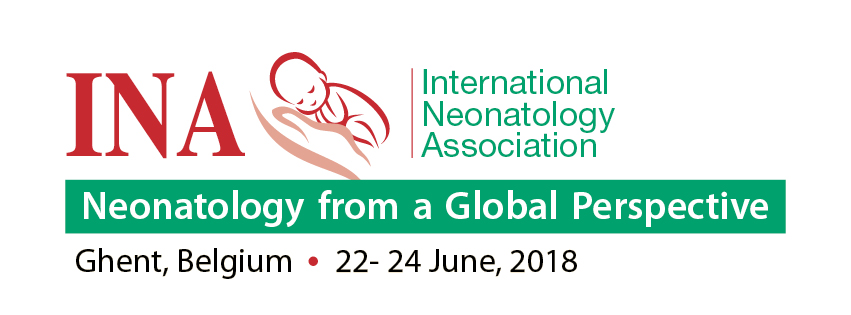Editorial, Res J Clin Pediatr Vol: 9 Issue: 1
Neonatal Sepsis: Challenges in Diagnosis and Management
Ravi Kulkarni*
Department of Neonatology, KEM Hospital, Mumbai, India
- *Corresponding Author:
- Ravi Kulkarni
Department of Neonatology, KEM Hospital, Mumbai, India
E-mail: ravi.kulkarni@kemmumbai.org
Received: 01-March-2025, Manuscript No RJCP-25-169429; Editor assigned: 4-March-2025, Pre-QC No. RJCP-25-169429 (PQ); Reviewed: 20-March-2025, QC No RJCP-25-169429; Revised: 26-March-2025, Manuscript No. RJCP-25- 169429 (R); Published: 30-March-2025, DOI: 10.4172/rjcp.1000163
Citation: Ravi K (2025) Neonatal Sepsis: Challenges in Diagnosis and Management. Res J Clin Pediatr 14:163
Abstract
Introduction
Neonatal sepsis remains a significant cause of morbidity and mortality worldwide, particularly in low- and middle-income countries like India. The diagnosis is complicated by nonspecific symptoms and the limitations of available diagnostic tools.
Diagnostic Challenges in Resource-Limited Settings
Blood cultures, the gold standard for diagnosis, are time-consuming and often yield false negatives due to low volumes or prior antibiotic use [1]. Biomarkers like CRP and procalcitonin, though helpful, lack specificity in neonates [2]. Newer tools like multiplex PCRs offer promise but are often unaffordable or unavailable in many Indian settings [3].
Clinical algorithms like the WHO’s IMNCI aid in early recognition, but overdiagnosis and overtreatment remain concerns [4]. Resistance patterns are shifting, with increasing reports of multidrug-resistant organisms in Indian NICUs [5].
Rational Antibiotic Use and Emerging Strategies
Empirical antibiotic regimens must be tailored to local antibiograms. The indiscriminate use of broad-spectrum antibiotics has led to resistant infections. Strategies like antimicrobial stewardship programs (ASP) and unit-specific guidelines are being encouraged [1].
Adjunctive therapies, such as lactoferrin and probiotics, have shown some benefit in reducing late-onset sepsis [3]. Strengthening infection control practices remains vital in preventing nosocomial infections.
 Spanish
Spanish  Chinese
Chinese  Russian
Russian  German
German  French
French  Japanese
Japanese  Portuguese
Portuguese  Hindi
Hindi 
